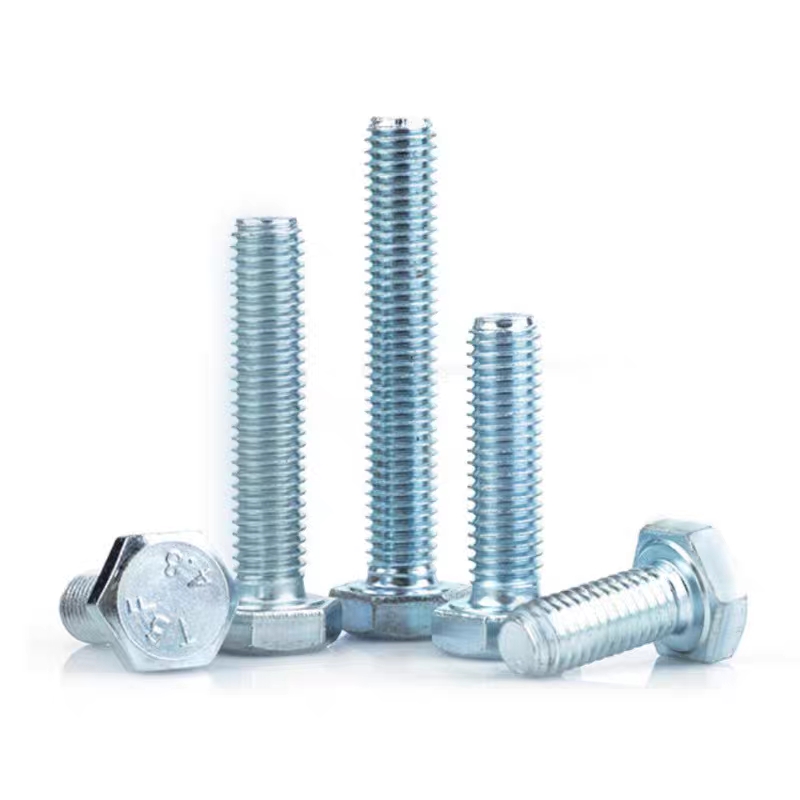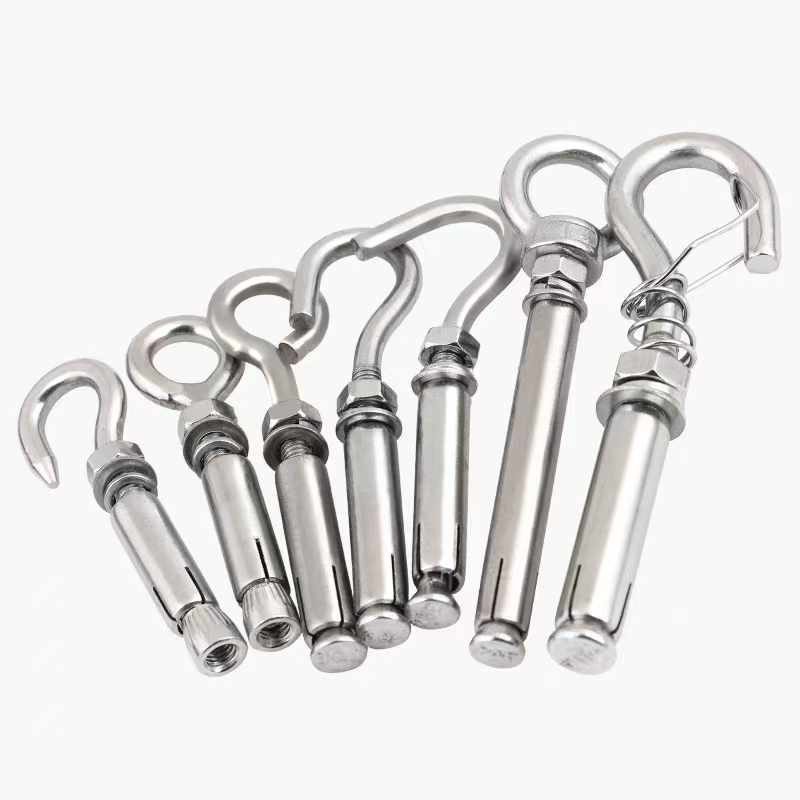- Chinese
- French
- German
- Portuguese
- Spanish
- Russian
- Japanese
- Korean
- Arabic
- Irish
- Greek
- Turkish
- Italian
- Danish
- Romanian
- Indonesian
- Czech
- Afrikaans
- Swedish
- Polish
- Basque
- Catalan
- Esperanto
- Hindi
- Lao
- Albanian
- Amharic
- Armenian
- Azerbaijani
- Belarusian
- Bengali
- Bosnian
- Bulgarian
- Cebuano
- Chichewa
- Corsican
- Croatian
- Dutch
- Estonian
- Filipino
- Finnish
- Frisian
- Galician
- Georgian
- Gujarati
- Haitian
- Hausa
- Hawaiian
- Hebrew
- Hmong
- Hungarian
- Icelandic
- Igbo
- Javanese
- Kannada
- Kazakh
- Khmer
- Kurdish
- Kyrgyz
- Latin
- Latvian
- Lithuanian
- Luxembou..
- Macedonian
- Malagasy
- Malay
- Malayalam
- Maltese
- Maori
- Marathi
- Mongolian
- Burmese
- Nepali
- Norwegian
- Pashto
- Persian
- Punjabi
- Serbian
- Sesotho
- Sinhala
- Slovak
- Slovenian
- Somali
- Samoan
- Scots Gaelic
- Shona
- Sindhi
- Sundanese
- Swahili
- Tajik
- Tamil
- Telugu
- Thai
- Ukrainian
- Urdu
- Uzbek
- Vietnamese
- Welsh
- Xhosa
- Yiddish
- Yoruba
- Zulu
- Kinyarwanda
- Tatar
- Oriya
- Turkmen
- Uyghur

20mm t bolt
Understanding the 20mm T Bolt: Practical Insights and Misconceptions
When it comes to the mechanics of assembly, the 20mm T Bolt is a crucial component, yet often misunderstood. This piece aims to unravel the complexities associated with its use and application, drawing from hands-on experience and industry-specific insights.
What Exactly is a 20mm T Bolt?
For those who've dabbled in construction or engineering, the term 20mm T Bolt may sound familiar, yet it isn't always clear-cut. In essence, this bolt is a T-shaped fastener designed to fit into a T-slot for quick fastening, typically secured with a nut. It's widely used in modular frameworks due to its convenience and versatility.
However, not all T bolts are created equal. The size, material, and threading are essential factors that determine its performance. A 20mm diameter may seem straightforward, but it’s vital to ensure that it matches the specifications of the other components involved. Choosing the wrong bolt can lead to catastrophic failures in structure.
In my experience, one common mistake is assuming all 20mm T bolts are interchangeable. Variations in threading or length can drastically affect their ability to secure parts effectively. Always verify the bolt specifications against the project requirements.
Common Misapplications and Practical Solutions
It's not unusual to encounter misapplications of T bolts in the field. One frequent issue is using them in environments that require higher tensile strength than what the bolt can handle. This can lead to loosening or complete failure over time.
An illustrative case involved a modular frame at a manufacturing plant. Initially, 20mm T bolts were employed without considering the dynamic load of moving equipment. As a result, the bolts frequently loosened, causing operational downtime. The solution was to switch to a higher-grade alloy bolt, which offered better performance under stress.
Another overlooked aspect is corrosion resistance. In environments prone to moisture, opting for a galvanized or stainless steel T bolt can prevent rust and prolong the lifespan of the assembly. These practical considerations can save significant time and cost in maintenance.
Installation Techniques: Getting It Right
The devil is often in the details when it comes to installation. A seemingly simple task like tightening a T bolt can have dire consequences if not done correctly. Proper torque specification is vital; under-tightening can cause parts to come apart, while over-tightening might strip the threading.
Using a torque wrench ensures that each bolt is tightened to the recommended specification, distributing forces evenly across the assembly. Taking shortcuts here might lead to asymmetrical stress distribution and eventual failure.
Furthermore, always clean the T slot and surrounding areas before installation. Debris or dust can impede the seating of the bolt, significantly reducing its clamping force and leading to loosening over time.
Quality Matters: Selecting the Right Manufacturer
Choosing a reliable supplier is just as important as selecting the right bolt. Handan Zitai Fastener Manufacturing Co., Ltd., located in Yongnian District, Handan City, offers high-quality fasteners with ample experience in the field. Their location provides convenient access to transport routes such as the Beijing-Guangzhou Railway and National Highway 107, ensuring timely delivery.
With a trusted manufacturer, you gain the assurance of rigorous quality standards and consistency in production, reducing the risk of defective bolts. This reliability is critical in large-scale projects where even a single point of failure can have vast implications.
Moreover, the technical support offered by companies like Handan Zitai can be invaluable, providing guidance on the best practices for T bolt installation and maintenance.
Wrapping it Up: Key Takeaways
The significance of getting the 20mm T Bolt right cannot be understated. It's a small component, but its role in ensuring stability and integrity in assemblies is vital. Avoiding common pitfalls—such as choosing incorrect materials or overlooking installation protocols—can make all the difference.
Remember, while the bolt might be standard, its applications and the environments in which it operates are not. Tailoring your choice to fit both the mechanical and environmental demands will lead to safer and more reliable outcomes.
In sum, the next time you encounter a challenge related to T bolts, consider not just the bolt itself, but its broader context—materials, installation, and manufacturer reliability. This holistic approach often uncovers solutions that might not be immediately obvious.
Related products
Related products
Best selling products
Best selling products-
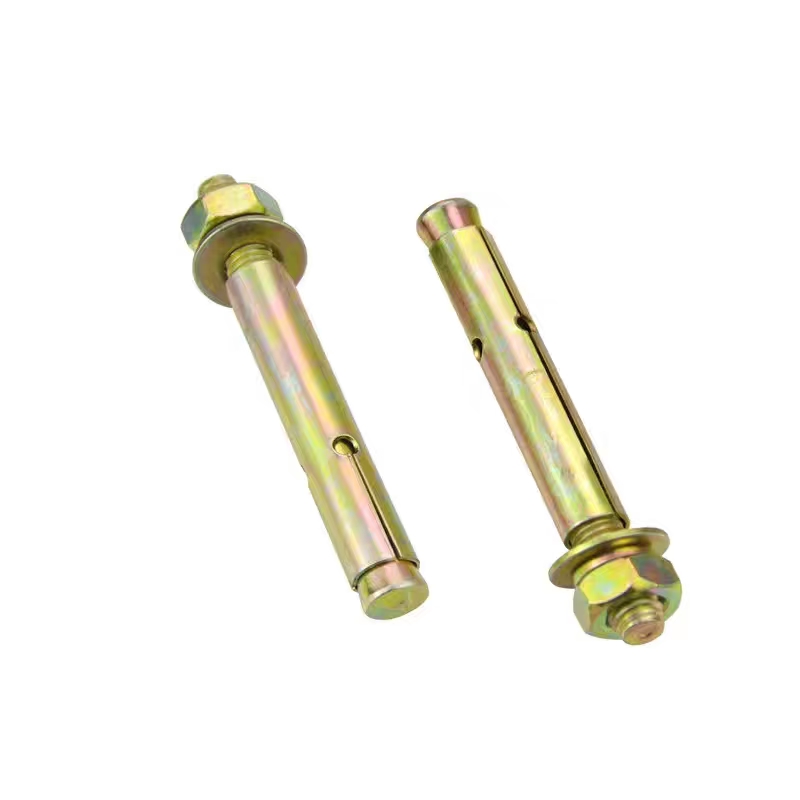 Colored zinc-plated expansion bolts
Colored zinc-plated expansion bolts -
 Black zinc plated hinge bolts
Black zinc plated hinge bolts -
 Hexagon socket electrogalvanized bolts
Hexagon socket electrogalvanized bolts -
 Electroplated galvanized flange nut (flange face nut)
Electroplated galvanized flange nut (flange face nut) -
 Hexagon socket hot-dip galvanized bolts
Hexagon socket hot-dip galvanized bolts -
 Anti-loosening nut (locking nut)
Anti-loosening nut (locking nut) -
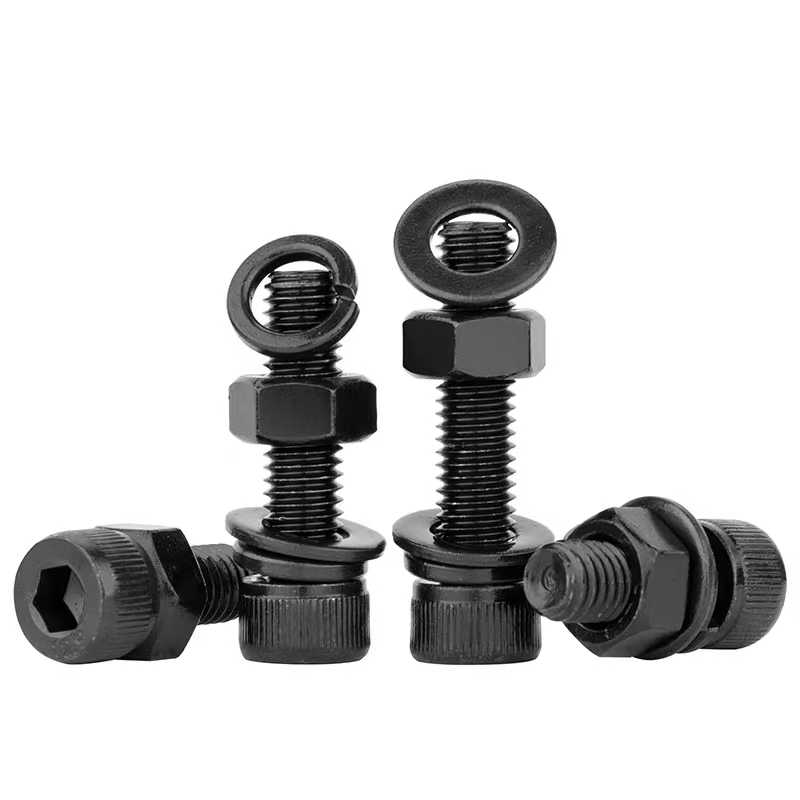 Hexagon socket black zinc-plated bolts
Hexagon socket black zinc-plated bolts -
 Colored zinc plated countersunk cross bolts
Colored zinc plated countersunk cross bolts -
 Black zinc flange bolts
Black zinc flange bolts -
 Electrogalvanized nuts
Electrogalvanized nuts -
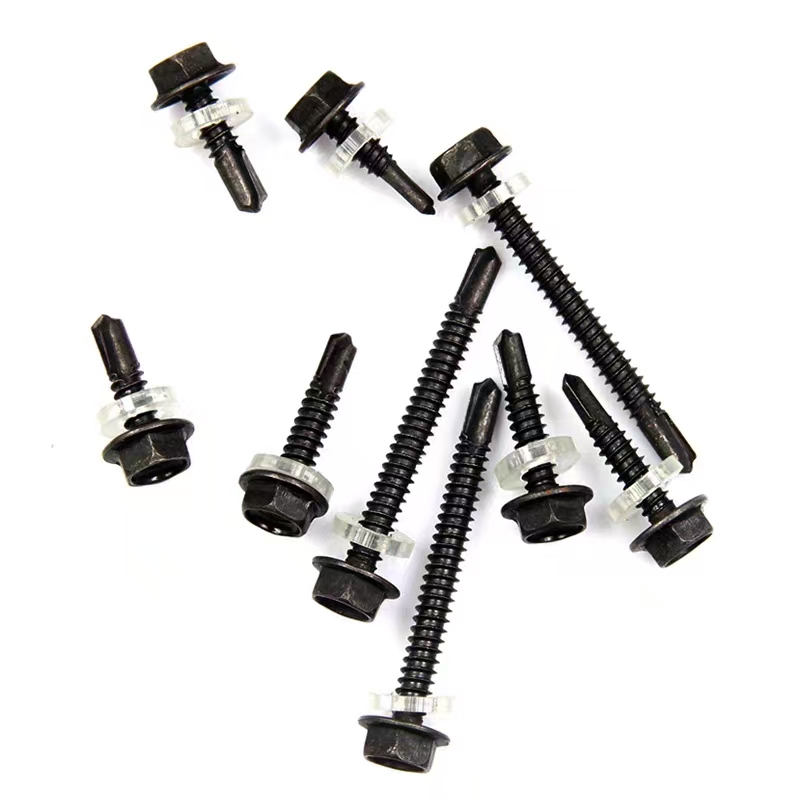 Black zinc-plated hexagonal drill tail wire
Black zinc-plated hexagonal drill tail wire -
 Electroplated galvanized gaskets
Electroplated galvanized gaskets


